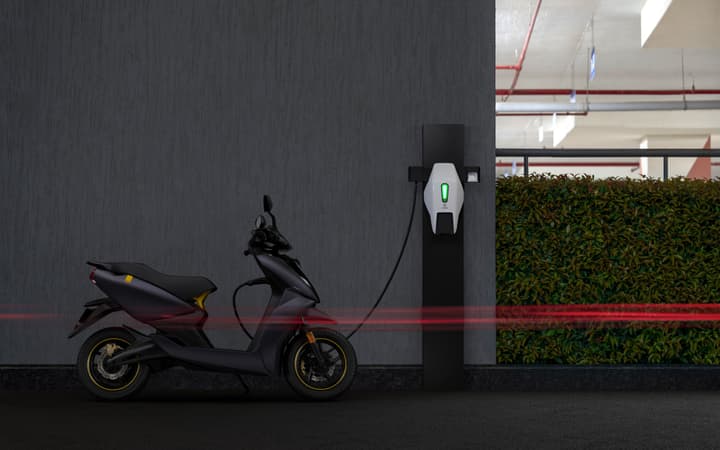The race towards a truly acceptable electric vehicle for the masses – keeping pace with the patent surge

From the perspective of a chemistry and materials specialist, a vehicle isn’t just a mode of transport — it’s a mobile chemical processing plant. Vehicles are powered by chemical energy. This is the case whether the vehicle is based on a traditional internal combustion engine, powered by the combustion of hydrocarbon fuels, or an electric motor, powered by chemical reactions in batteries or fuel cells.
Barriers to adoption
The current race towards a truly acceptable electric vehicle for the masses has led to a huge research effort into battery technology. Much of the effort is focused on increasing range and reducing charge time, which in combination with the lack of extensive recharging infrastructure, are seen as the main barriers to widespread adoption. Key to this research effort is the development of new battery materials (including anode, cathode, electrolyte and catalytic materials) to provide improved battery performance.
For electric vehicles to be widely adopted, batteries must address a combination of key performance requirements including energy density, charge rate, discharge rate, safety, reliability, lifetime and cost.
Lithium-ion batteries lead the way
While certain types of battery are capable of meeting one or several of the required performance parameters, no single battery technology has yet achieved the holy grail of ticking all the performance requirement boxes sufficiently well to drive mass adoption.
Lithium-ion batteries currently lead the way, with Tesla claiming to be the biggest buyer of lithium-ion battery cells in the world. However, just last summer, Elon Musk famously asked “Can someone please come up with a battery breakthrough? We’d love it.”
As such, much research is being focused on improving the performance of these batteries through changes to the electrode materials. For example, while standard lithium-ion batteries use a graphite anode electrode to store lithium-ions, it has been known for some time that silicon can hold many more.
However, this comes with a major stumbling block — when silicon accommodates such a large number of lithium-ions, its volume expands, stressing and fracturing the material during charging and reducing battery performance, reliability, and lifetime. Sila Nanotechnologies recently reported that this problem has been solved by using silicon-based nanoparticles that are internally porous enough to accommodate significant volume changes. The result is a significant gain in energy density. Still, experts have cautioned that gains in one battery metric often come at the expense of others, like safety, charging time, or lifetime. As previously stated, for electric vehicles to be widely adopted, batteries must simultaneously address all the key performance requirements.
Solid-state batteries are an attractive alternative
While much research is focused on novel electrode materials for lithium-ion batteries, others are focusing on replacing liquid electrolyte with a solid electrolyte as an alternative to conventional lithium-ion battery technology. The use of solid-state batteries in electric vehicles is still relatively unproven. However, while many industry experts indicate that viable, commercial solid-state batteries are still years away, Henrik Fisker (CEO of Fisker, Inc.) claims that his company is just a few months away from the final design of a solid-state battery that will power a new electric supercar. While solid-state batteries have shown great promise in the lab, the problem is developing a scalable production technology to commercialise such batteries on a mass-market scale. Indeed, Toyota has run into problems trying to mass-produce such solid-state batteries. It’s this problem which Fisker claims to have solved. It remains to be seen whether this prediction comes to fruition, and industry experts remain somewhat skeptical.
Patent filings surge
These are only a couple of examples of what has become a massive worldwide research effort. This remains ongoing and has led to a huge increase in the number of patent filings in the field. For example, approximately 300,000 patent families related to batteries have been published worldwide since the early 1990s. In 2017, more than 30,400 new patent families were published and over 30,900 patents were granted.
It’s therefore important for those in the industry to quickly identify emerging research areas and cutting-edge technology developments, and seek to obtain a patent position to pursue and protect commercial strategies






